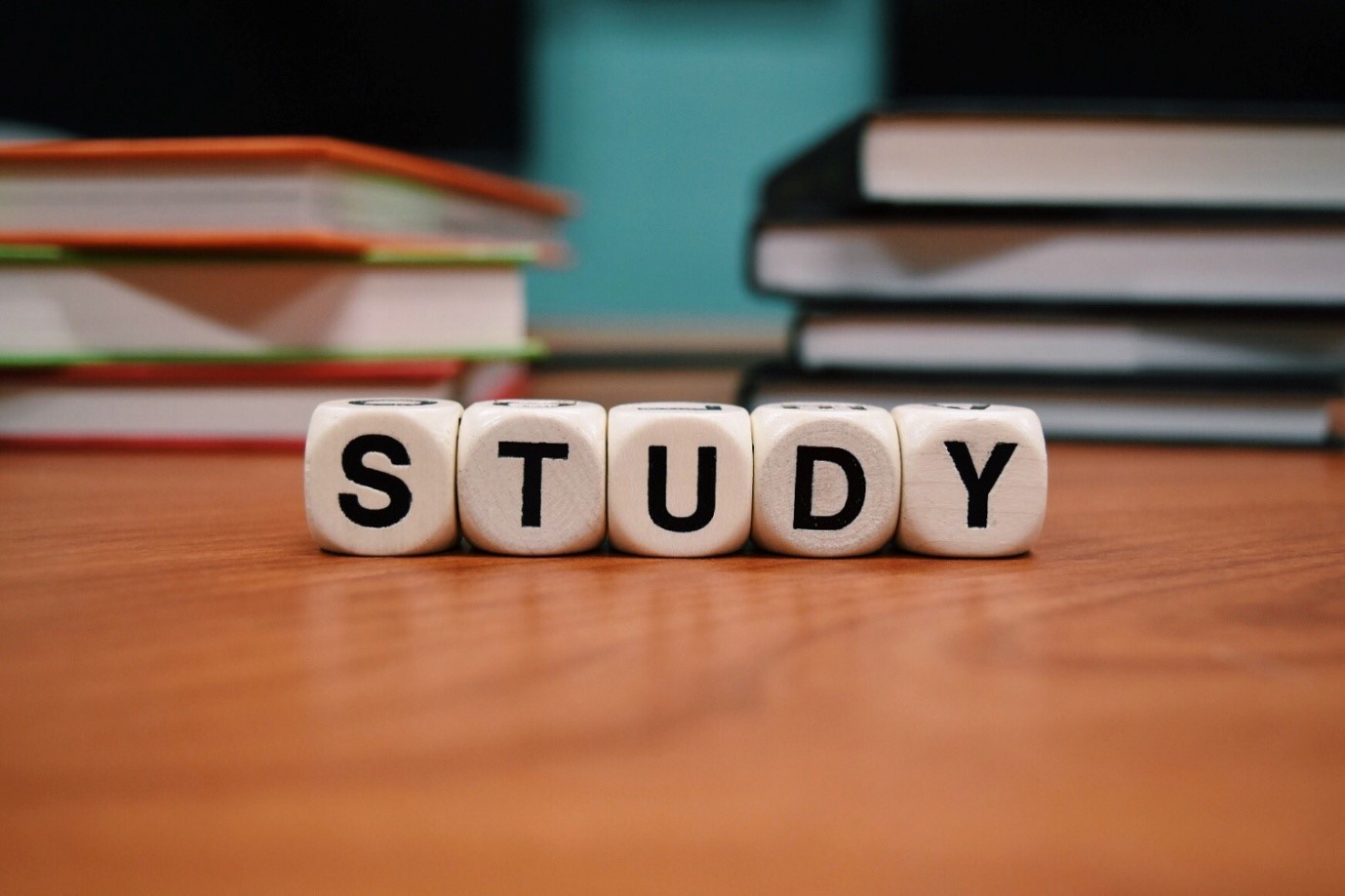Using Neuroscience in the classroom to engage children after school holidays

Sometimes it can feel like the school term ends just as great learning momentum was building in your students. 10 weeks can fly when you are engaging with and teaching children of any age, and it is important to maintain and build upon that momentum after any holiday break. As the old saying goes if you don’t use it, you’ll lose it and neuroscience has shown how that also applies to memory and learning new skills and ideas. It’s been called “learning regression,” “Summer Slide” and “Summer learning loss” and has been shown to occur more commonly in disadvantaged children during long holiday periods. During the holidays many children won’t read a book, write a story or practice their times tables which can result in children’s learning levels regressing.
It is up to teachers to ensure each child hits the ground running at the start of a new term, regardless of what they got up to on the school holidays and neuroscience has a number of strategies to help teachers get their students back into the swing of learning, minimising any regressive effects from the holidays as rapidly as possible.
How can back to school time make children feel?
One thing that the evidence in Neuroscience is very clear on is that children do not perform or learn well if they are under stress or anxious. Back to school time can be stressful for any child, whether they are new to school or not, and it is important for teachers and parents to understand and work with these emotions in order to ensure a smooth transition into the new school term. Building a child’s sense of resilience is a great way to help them face back to school challenges and so is helping them to understand their brain and their feelings. It is not uncommon for children to feel:
- Stressed or anxious about going back to school
- Sad or upset the holidays are over
- Excited to see friends again
- Burdened by what a teacher, parents or friends expect of them
- Even physically sick due to stress, including headaches or migraines
What does Neuroscience say about learning and memory?
First of all, neuroscience isn’t designed to provide quick fixes or shortcuts to effective learning strategies and hard work. Secondly, knowledge is a hard thing to quantify. Unfortunately we can’t see how much knowledge children take home with them in their brains, but neuroscience is getting better at quantifying what types of learning and activities are more beneficial to retaining knowledge. After all, true learning doesn’t come from mindless repetition and parroting, it is a deeper process that utilises many advanced functions of the brain.
Many classrooms around the world are beginning to use neuroscience techniques to create optimal learning environments for children. MIT Neuroscientists found that when neurons in the brain are frequently used, their synaptic connections strengthen, while rarely used neurons are more likely to fade. This is called synaptic plasticity and regularly using a fading memory (like a mathematical formula or historical event) has been shown to stoke the fires of the neural network that contains the memory, resulting in it becoming stored deeper and more clearly.
Neuroscience strategies teachers can use to prevent learning regression
When children are taught a new piece of information, their brain makes new synaptic connections. Neuroscience says that two of the best ways to help children retain knowledge is by making as many connections as possible to new/interconnected concepts, thus broadening the neural connections and also by the repeated accessing of stored memories over a period of time. The following learning strategies are based on research conducted by neuroscientists and has been shown to be effective in creating lasting memories, resulting in less information lost over the school holidays1:
- Focus on active learning to promote high quality memories
Active learning strategies allow children to participate in the learning process directly as opposed to being passive passengers in the process. Activities involving peer to peer explanations and idea development have been shown to not only increases retention, but when students explain what they’ve learned to peers, fading memories are reactivated and reorganised into more efficient parts of the brain for accessing later.
- Combining text with visual cues
Studies have shown that new textual information when paired with a visual cue or accompanying image for reference is much more effectively synthesised and stored in the brain than information without.2 It’s also much easier on you as the teacher to present video and still images instead of spending the whole lesson talking non-stop.
Neuroscience is making consistent strides in improving knowledge of how the brain stores and uses memories and information. These improvements are particularly useful for teachers to help engage students more effectively, improving not only their direct knowledge, but also their knowledge retention. By starting the year off with a bang, covering some topics from last term and setting an engaging and challenging curriculum moving forward, teachers will be able to maximise the amount of information their students retain and improve their overall academic scores in line.
1 Sekeres, Melanie J et al. “Recovering and preventing loss of detailed memory: differential rates of forgetting for detail types in episodic memory.” Learning & memory 23 2 (2016): 72-82 .
2 Carney, R.N. & Levin, J.R. Educational Psychology Review (2002) 14: 5. https://doi.org/10.1023/A:1013176309260

